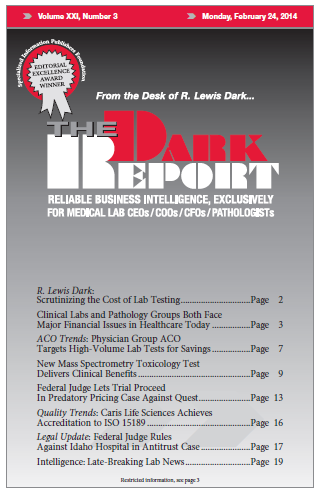LAST MONTH, A FEDERAL JUDGE RULED that St. Luke’s Health System of Boise, Idaho, violated antitrust laws when, in 2012, it acquired Saltzer Medical Group, the largest independent medical practice in the state. In ruling against the merger of a hospital and physician group, the judge said that the combined entity violated antitrust law and …
Federal Judge Rules Against Idaho Hospital in Antitrust Case Read More »
To access this post, you must purchase The Dark Report.


